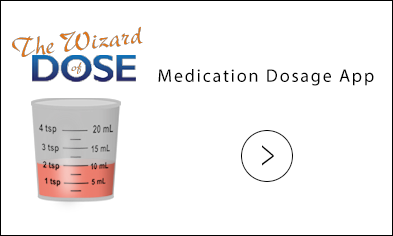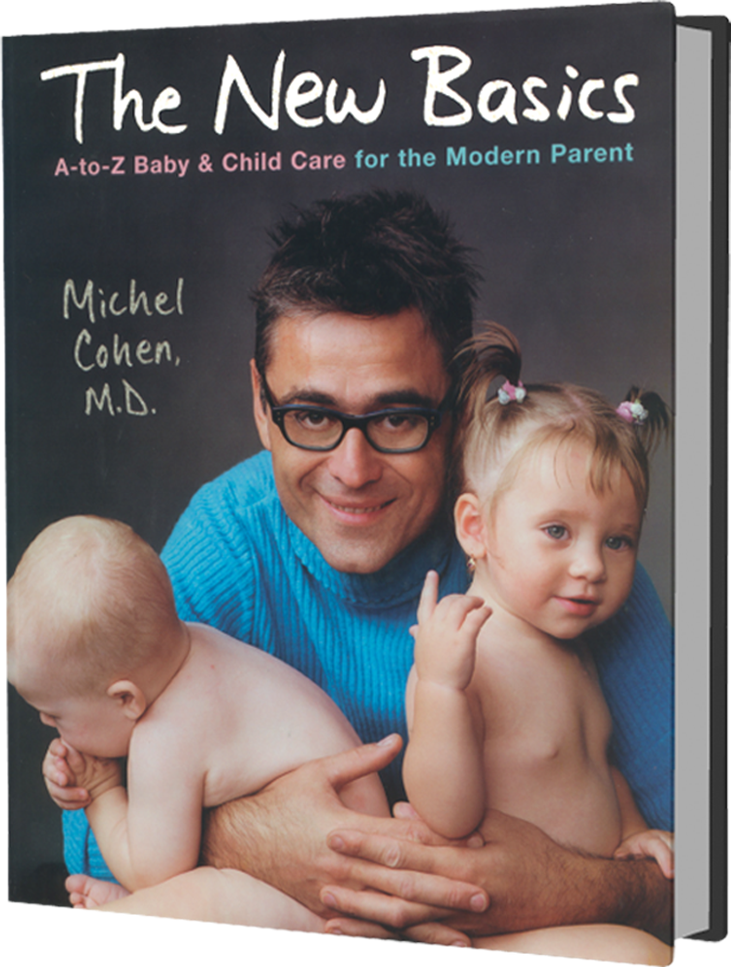
Teeth
New Teeth
Baby’s first teeth represent a very important milestone and often a source of immense joy for parents, though seldom for the baby. Teeth hurt a little when they pierce through the gums, and at first they don’t even help with solid foods (see below). Those sharp front incisors, for instance, are designed to bite into hard food, which is still off-limits at the time that teeth generally emerge. So initially, their purpose seems to be purely aesthetic.
Unlike horses, babies can’t be “aged” by the number of teeth they have: There is neither a specific timetable nor an absolute order of appearance. On average, the first tooth erupts around six months, but some kids get theirs as early as four months of age, while others have none for a nerve-wracking eighteen months. All are perfectly normal. In the latter case, the teeth come in rapidly thereafter and in clusters, rather than one by one.
Parents tend to worry about late teethers. It doesn’t help that in the old days pediatricians “scientifically” monitored the arrival—both order and timing—of their patients’ teeth. This was a waste of time; teeth always show up eventually.
Also be aware that not everything that feels or looks like a tooth in Lucy’s mouth is one. A white lump that is merely a discoloration of the gum or a bump on the gum can trick you into thinking that Lucy is cutting a tooth.
As much as the fussed-about dental debut may cause pride and excitement in a baby’s extended family, breast-feeding mothers have mixed feelings about it: ouch. Not to worry; a prompt but gentle disengagement for a couple of minutes sends a clear message: biting = no food. Even the youngest of brains can rapidly compute that equation, and harmonious nursing generally resumes. On a related note, if you scream when Lucy bites you, she’ll bite even more just for the reaction. I know it’s difficult not to scream when you’re in pain, but it’s well worth your effort, since proper conditioning will spare you further sneak attacks [See: Biting].
Crooked Teeth
If Lucy’s new fangs initially erupt crookedly, don’t be concerned; this is normal. First teeth sometimes come in pointing every which way, often with huge spaces between them. Fortunately, they tend to straighten up with age and do not, in this early state, foretell an eventual need for braces.
Teeth and Feeding
Lucy doesn’t need a whole set of teeth to eat solid foods. In fact, she can do it with no teeth at all. A small scientific experiment will reassure you of this. Place your index finger in your baby’s mouth between the gums and wait a few seconds. Now try to remove your hand without lifting the whole baby. Gums are strong, and they are pretty efficient at chewing. So go ahead with the solid food when it’s time [See: Feeding].
Tooth Color
Erupting teeth are sometimes slightly yellow, and they might stay that way for a while, though healthy teeth will get whiter. You can tell when yellow teeth are a sign of tooth decay, because the enamel is also rugged. A gray tooth usually results from a blow to a baby tooth and subsequent bleeding within the enamel. It will stay this color until it falls out.
Tooth Injuries
If a baby tooth gets knocked out, skip the dentist and proceed directly to the tooth fairy, because it won’t be reinserted. Adult teeth, on the other hand, can be reinserted if you act quickly enough. If you’re near a dentist when an adult tooth is dislodged, go there with the child and the tooth. If you’re not close by, rinse off the tooth and try your best to preserve it by putting it in milk until you reach a medical facility. Partially broken teeth, whether baby teeth or adult teeth, are discarded and repaired with a crown.
Tooth injuries can also cause small wounds in the mouth, but these usually heal well and rarely get infected. A large wound that accompanies a tooth injury would require medical attention [See: Gums].




 MEDICATION DOSAGE
MEDICATION DOSAGE

